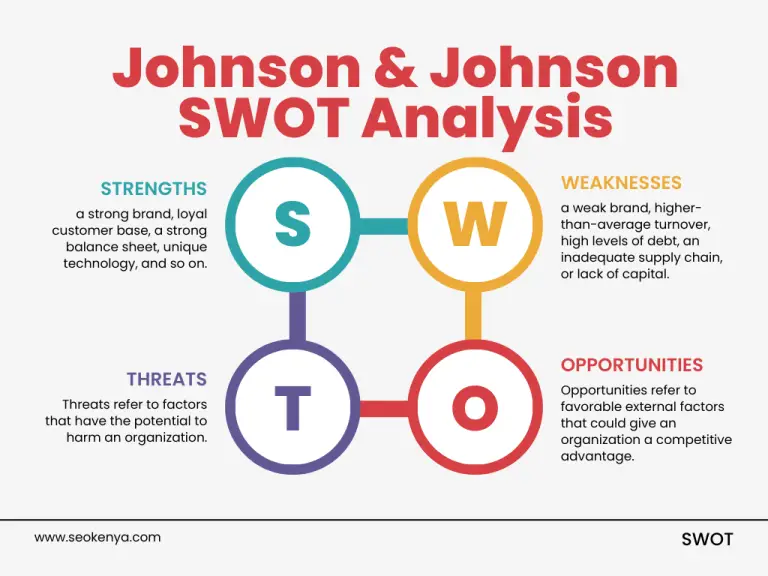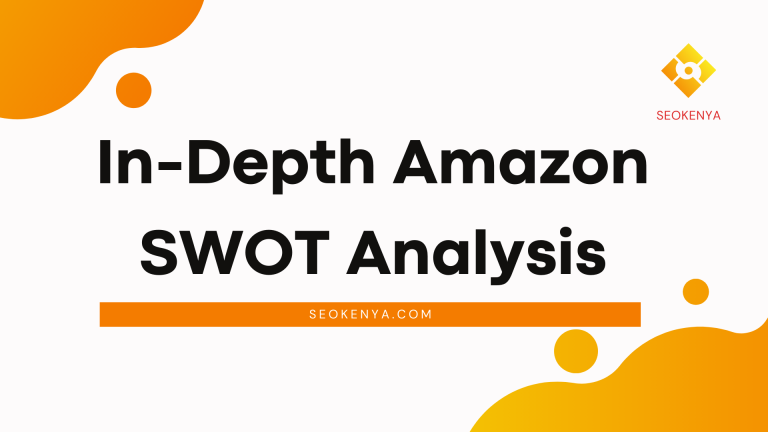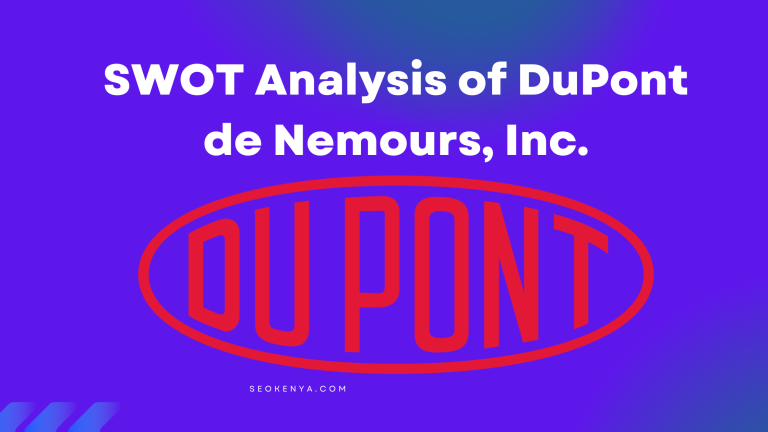SWOT Analysis of Nike: A Comprehensive Study
Nike, Inc. is one of the world’s largest manufacturers of athletic footwear, apparel, and accessories. Established in 1964, the company has grown significantly over the years, becoming a household name in the sports and fitness industry.
Nike is one of the most popular and widely recognized sports brands in the world. It has a global presence and has been at the forefront of the sports industry for several decades.
Nike Company Overview Summary
Here’s an overview summary of Nike in a table format:
| COMPANY NAME | NIKE, INC. |
| Founded | 1964 (Originally as Blue Ribbon Sports) |
| Headquarters | Beaverton, Oregon, U.S. |
| Industry | Footwear, Apparel, Equipment, and Accessories |
| Products | Athletic Shoes, Clothing, Equipment, and Accessories for Sports and Fitness Activities |
| Key Figures | – Revenue (FY 2022): $46.7 billion
– Net Income (FY 2022): $6.0 billion – Employees (2022): Approximately 73,000 |
| CEO | John Donahoe |
| Company Description | Nike is a global leader in the design, development, manufacturing, and marketing of athletic footwear, apparel, equipment, and accessories. The company is renowned for its innovative products, groundbreaking marketing campaigns, and strong brand recognition. Nike’s products are sold in retail stores, online, and through a mix of independent distributors and licensees worldwide. The company’s mission is to bring inspiration and innovation to every athlete in the world, and its iconic “Swoosh” logo is one of the most recognizable brands globally. |
This table provides an overview summary of Nike, covering key details such as its founding year, headquarters, industry, major product lines, key financial figures, CEO, and a brief company description highlighting its position as a leading brand in the athletic footwear and apparel market.
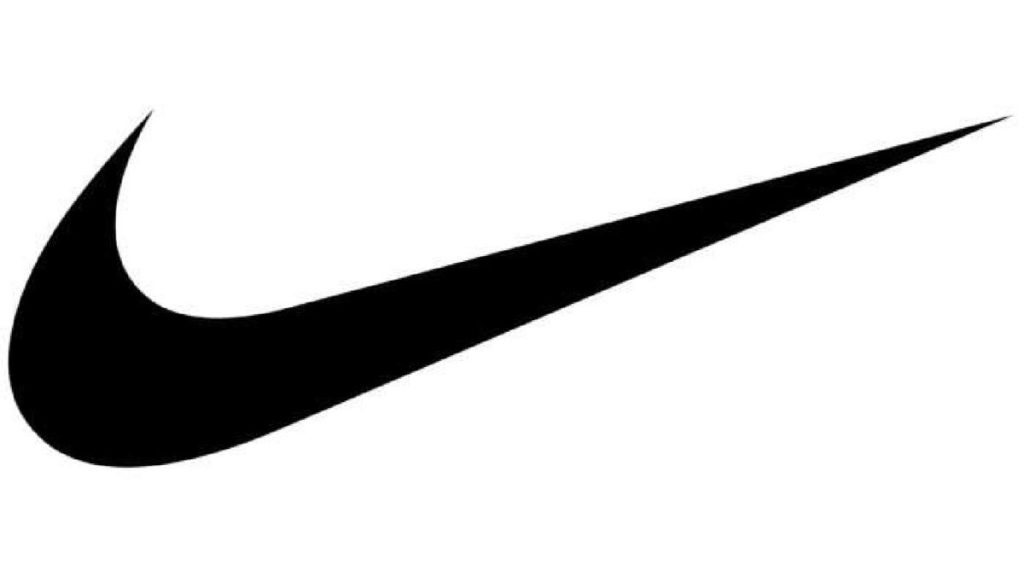
In this article, we will conduct a SWOT analysis of Nike to understand its strengths, weaknesses, opportunities, and threats.
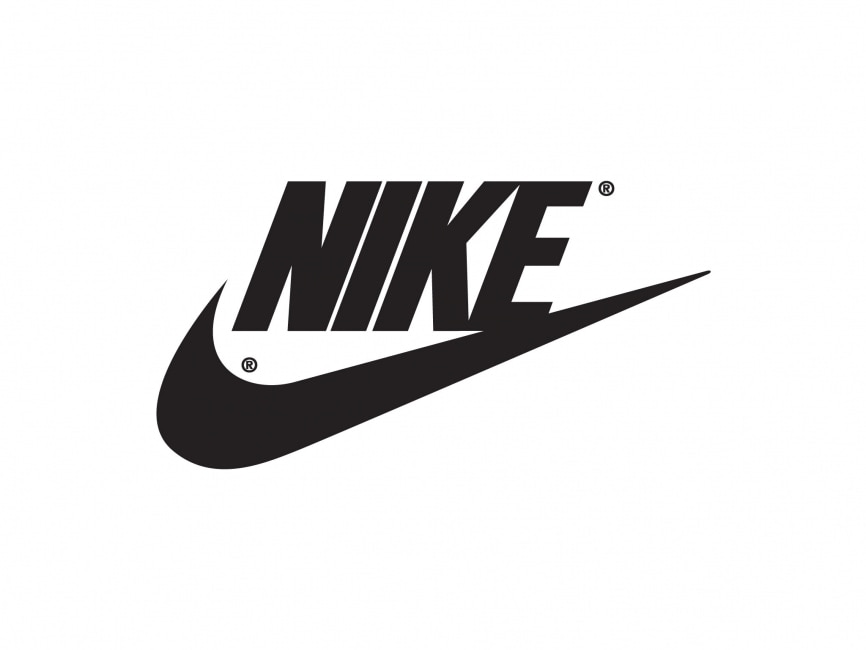
Strengths of Nike
Nike has several strengths that have helped it become a market leader in the sports industry.
Strong Brand Image
Nike has a strong brand image and is widely recognized by consumers around the world. Its iconic logo and slogan “Just Do It” have become synonymous with the brand. This strong brand image has helped Nike establish a loyal customer base and has been instrumental in driving sales.
Wide Range of Products
Nike offers a wide range of products including footwear, apparel, and equipment for various sports. This has allowed the brand to cater to the needs of different consumers and increase its market share. The brand also has a strong online presence and operates its own e-commerce platform, which has further expanded its reach.
Strong Sponsorship and Endorsement Deals
Nike has a long history of partnering with top athletes and sports teams to endorse its products. This has helped the brand create a strong association with success and performance, which has been instrumental in driving sales.
Strong partnerships and collaborations:
Nike has established partnerships and collaborations with top athletes and sports organizations, further strengthening its brand and reputation.
Weaknesses of Nike
Despite its many strengths, Nike also has several weaknesses that it must address in order to continue its growth.
Dependence on a Few Key Markets
Nike generates a significant portion of its revenue from a few key markets, which increases its vulnerability to economic fluctuations in those markets. The brand must diversify its revenue streams in order to mitigate this risk.
Increasing Competition
The sports industry is highly competitive, and Nike faces intense competition from other sports brands such as Adidas and Puma. The brand must continue to innovate and differentiate itself in order to remain competitive.
Dependence on third-party manufacturers:
Nike relies on third-party manufacturers to produce a significant portion of its products, which can lead to quality control issues and supply chain disruptions.
Limited in-house manufacturing capabilities:
The company has limited in-house manufacturing capabilities, which limits its control over production processes and costs.
High pricing:
Nike products can be more expensive than those of its competitors, which may limit its appeal to budget-conscious consumers.
Opportunities for Nike
Despite its weaknesses, Nike also has several opportunities for growth and expansion.
Expansion into Emerging Markets
Nike has the opportunity to expand into emerging markets such as Asia and Africa, which offer significant growth potential. The brand must tailor its marketing strategies and product offerings to meet the needs of consumers in these markets.
Increasing Demand for Sustainable Products
Consumers are becoming increasingly conscious of the impact of their purchases on the environment, and there is growing demand for sustainable products. Nike has the opportunity to leverage its strong brand image and innovate to create sustainable products that meet this demand.
Innovation in technology and design:
Nike has a reputation for innovation in technology and design, and there is potential for continued growth and success in this area.
Growing popularity of athleisure:
The growing popularity of athleisure and activewear presents opportunities for Nike to further expand its product offerings and customer base.
Threats to Nike
Nike also faces several threats that it must address in order to continue its growth.
Fluctuations in Raw Material Prices
Nike relies on a wide range of raw materials to produce its products, and fluctuations in the prices of these materials can have a significant impact on its margins. The brand must find ways to manage these fluctuations in order to maintain its profitability.
Changes in Consumer Preferences
Consumer preferences are constantly changing, and Nike must remain attuned to these changes in order to remain relevant. The brand must continuously innovate and adapt to meet the evolving needs and preferences of its customers.
Competition
Nike faces intense competition from other sports and fitness brands, both established and new.
Economic and political instability
Economic and political instability in some regions can impact Nike’s operations and revenue.
Conclusion
Nike is a strong brand with a global presence, a wide range of products, and a strong association with success and performance.
However, it also faces several challenges, including dependence on a few key markets, increasing competition, fluctuations in raw material prices, and changing consumer preferences.
By addressing these challenges and leveraging its opportunities, Nike can continue its growth and maintain its position as a market leader
In conclusion, Nike has many strengths, including strong brand recognition, diverse product offerings, and global reach. However, it also faces some weaknesses, such as dependence on third-party manufacturers and limited in-house manufacturing capabilities.
The company has opportunities for expansion into new markets and continued innovation in technology and design, but must also be mindful of threats such as competition, economic and political instability, and changing consumer preferences.
